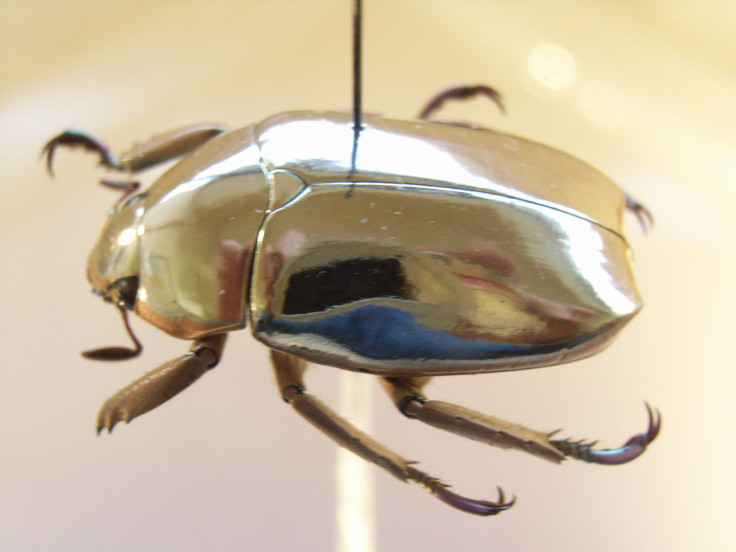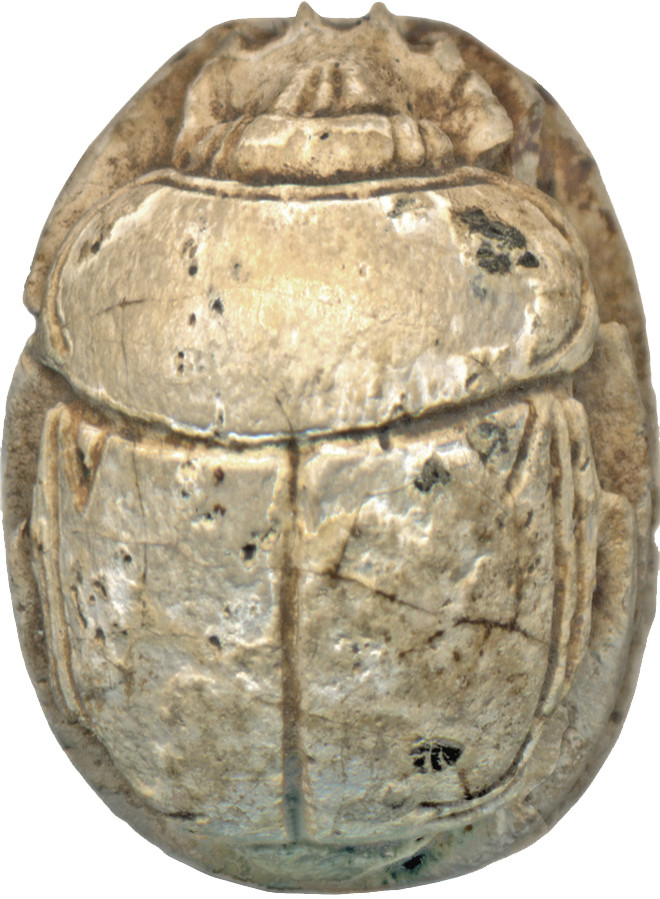This is the only creature that looks just like solid gold – now scientists know why
Dazzling jewel scarabs are related to the scarabs worshipped in Ancient Egypt.

The jewel scarabs of Central America look as though they've been dipped in liquid gold, with a shining metallic yellow exoskeleton, legs and antennae. How they manage to create this iridescent colour has been largely a mystery until now.
It isn't created by pigment molecules – natural dyes – secreted by the beetle. Instead, the amazing colour comes down to the microscopic structure of the insect's exoskeleton, according to a study in the Journal of the Royal Society Interface.
"We were drawn to the study of this jewel scarab not only by its striking metallic golden appearance, but also by its ability to control a less obvious property of the reflected light: the polarisation," said study author Ewan Finlayson of the University of Exeter.
The beetle's exoskeleton can reflect light that is polarised in many ways. Light waves can be 'right-handed', 'left-handed' or 'circularly polarised'. The beetle can reflect all three kinds of light, maximising the amount bouncing off its shell. This is part of the reason why the beetle is so incredibly reflective.
"This characteristic of Chrysina resplendens appears to be an exceptional and wonderfully specialised characteristic in currently known animals and plants," said study author Pete Vukusic, also of the University of Exeter.
The exoskeleton is made of chitin, the same material that many other beetles use. But the jewel scarab arranges this protein in repeating layers that aren't completely evenly spaced. This irregularity means that the proteins interact with different wavelengths of light. The result: many different colours are reflected, giving the beetle its incredibly bright, almost mirror-like appearance.
"The brilliant golden colour and distinctive polarised reflection from the scarab beetle Chrysina resplendens sets it completely apart from the hundreds of thousands of other beautiful and brightly coloured animals and plants across the natural world," said Vukusic.
Now that scientists understand the structure of the beetle's exoskeleton, they hope to be able to reproduce it to put it to use in optical technologies.
There are about 100 species of jewel scarab, all of them found in Central America and Mexico. Not all of them are bright gold – some are have more green or reddish tinges. Because of their striking appearance, they are in demand by collectors in many parts of the world. They are related to the scarab beetles that were famously worshipped in Ancient Egypt, with their likenesses worn as pendants and used as royal seals.

© Copyright IBTimes 2025. All rights reserved.






















